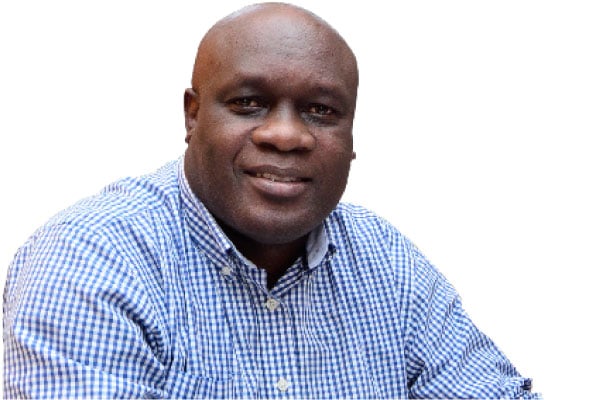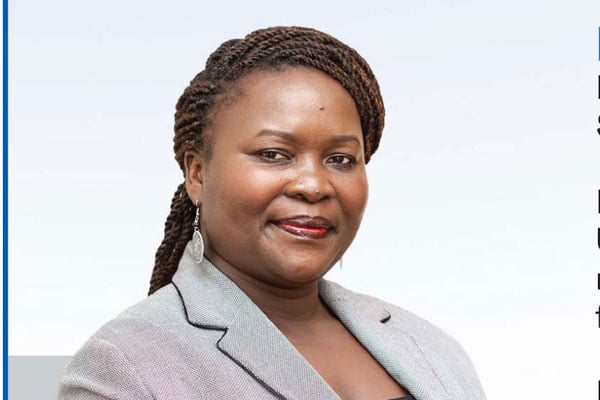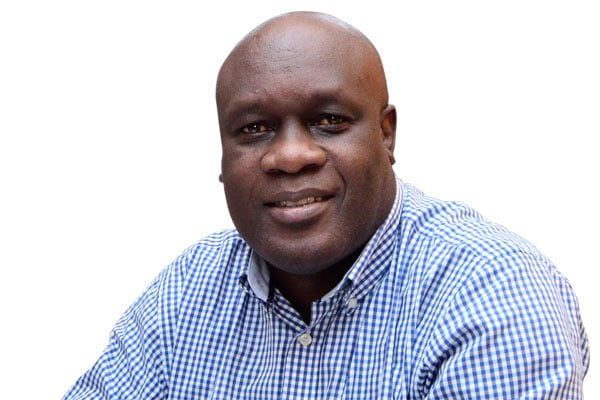Prime
As curators enter newsrooms, where will old-style editor sit?

Odoobo C. Bichachi
What you need to know:
If you are the old school editor dotting the “I”s and crossing “T”s; it is time to repackage yourself as a content curator.
Journalism continues to evolve like all other professions at a pace that often leaves us breathless or dizzied. If it is not the platform of delivery, then it is the style and pace of delivery!
The improvements in information and communications technology (ICT) is all to blame for the fast changing landscape. Newspaper print copies have dipped as readers migrate to online platforms where news is a click or tap away. Broadcast audiences have also moved from sitting in front of the “idiot’s box” every top of the hour to watch news or derive entertainment. They now watch news at their time of choosing – and only what appeals to them – using a hand-held device, the mobile phone!
These technological advances have also brought about the era of information overload, which sometimes has led to an infodemic; “…an excessive amount of information about a problem that is typically unreliable, spreads rapidly, and makes a solution more difficult to achieve.”
Today, there is just so much information for the public to process and consume where in the past media and its editors as gate-keepers managed the information reaching the public in their or against their interest. Social media has only made the situation worse as the flood of news – fake and real – makes it difficult for many to make sense of the world around them.
In Uganda, the social media space is permeated with many online-only news websites, some of whose editors don’t sieve content or only take a narrow approach – “he said, she said” – to complex public issues. This does not add value to citizens that want to know the story behind the story.
Now enter the curator! The title curator is often associated with museums and is assigned to “a keeper or custodian of a museum or other collections.” So what does a curator have to do with journalism or media?
Well, it is all about what a curator does; finding materials from all over and organising them in a manner that makes sense and is interesting.
Today there is a lot of user generated content available online that mainstream media is picking to turn into news. A good example is the reported fleeing to exile of novelist Kwakwenza Rukirabashaija that was broken on social media by himself and his lawyer and was picked up by mainstream media.
Unfortunately a lot of the information on social media (and in mainstream media) today appears the same; given is in bits and pieces making it difficult for news consumers to connect dots and therefore get the correct or big picture. And this is where curators are entering the newsroom.
“… a new professional figure is increasingly gaining importance: the content curator, a word used to define a person who selects the best information found online with regard to its quality and relevance, aggregates it, linking it to the original source of news, and provides context and anlaysis. The curator doesn’t have to be a to be a journalist: he or she may be a blogger or a tweeter as well, but since many of the skills required to be a good curator are the same ones needed to be a good reporter, journalists are maybe the best fit to play this role and many of them have already begun experimenting with new forms of storytelling based on content curation.” - Federico Guerrini, a Thomson Reuters Fellow.
If you are the old school editor dotting the “I”s and crossing “T”s; it is time to repackage yourself as a content curator.
*****
Is Archbishop Ssemogerere 4th or 5th prelate of Kampala
Anonymous feedback: Please refer to your pictorial of Jan 25 in respect of Paul Ssemogerere being 4th Archbishop of Kampala. I know five Archbishops have occupied that seat:
1. Joseph Kiwanuka 2. Emmanuel Nsubuga 3. Emmanuel Wamala 4. Cyprian K. Lwanga 5. Paul Ssemogerere
If indeed Semwogerere is the 4th, an explanation should be given as to why he is not the 5th. Maybe Joseph Kiwanuka was Archbishop of Rubaga, and not of Kampala, so on that technicality, he is not counted. Is that what Odoobo Bichachi [NMG-U public editor] calls context?
May be you can make a small story “Why Paul Ssemogerere is not the 5th Archbishop of Kampala”. Thanks!
Public Editor: Thank you for the feedback. The confusion arises out of the name of the seat of the archdiocese, initially known as Rubaga and later changed to Kampala. A clarification, and possibly story, shall be published.
Send your feedback/complaints to [email protected] or call/text on +256 776 500725.




